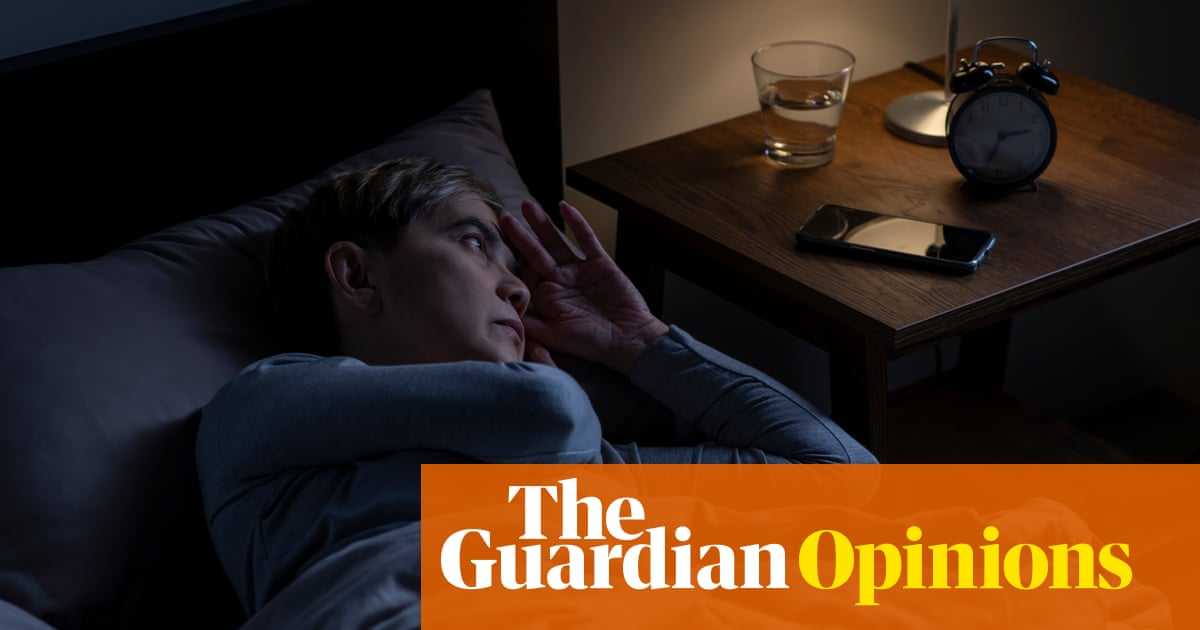Chloe had always been a night owl. As a teenager, she spent hours staring at the ceiling, willing herself to sleep. By university, she accepted that her body simply didn’t work like everyone else’s. While her friends collapsed into bed after long days of lectures and socialising, Chloe remained wired – her mind restless, her body tense.
At first, she found ways to cope. She convinced herself she was more productive at night, using the extra hours to study, read or scroll endlessly through her phone. But as she entered her late 20s, the exhaustion became unbearable. No matter how early she went to bed, she would lie awake for hours, her thoughts racing. She tried herbal teas, white noise and meditation apps. She cut out caffeine and phone use before bed. Nothing worked.
“I thought I had a broken sleep cycle,” she said. “I couldn’t understand why my body refused to rest.”
It wasn’t until she started therapy that she began to uncover a deeper truth: her insomnia wasn’t just a quirk of biology – it was a symptom of something she had spent years avoiding.
The link between trauma and sleep
Insomnia and other poor sleep patterns can have serious implications for health and general wellbeing and may lead to trouble with learning, memory, concentration and feeling irritable. Persistent issues with sleep may also impact our general health and cause problems such as heart disease, high blood pressure, obesity, stroke and depression.
Research increasingly shows insomnia can be linked to unresolved trauma, particularly childhood adversity. The body’s ability to switch off and enter restorative sleep is deeply tied to its stress response. If a person grows up in an unpredictable or unsafe environment, their nervous system can remain on high alert, long after the danger has passed.
We refer to it as hypervigilance, a characteristic of both PTSD and childhood trauma, which can impact a person’s capacity to relax and find restfulness to allow for sleep to follow. This hypervigilant state has us caught in a loop of overthinking during the night with little capacity to stop the intrusive thoughts. It is our brain’s way of seeking safety when we may not actually be in harm’s way.
For Chloe, childhood had been a minefield of tension. Raised in a home where conflict was constant and unpredictable, she had learned to be hyperaware of shifts in mood and tone. Nights, in particular, were fraught. “I never knew what version of my parents I was going to get,” she said. “If I heard footsteps outside my door, my whole body would tense up.”
As her therapist I explained that this kind of vigilance doesn’t just disappear with age. The body internalises it, keeping the nervous system in a state of heightened alertness – especially at night, when vulnerability is highest. In short, Chloe’s insomnia wasn’t a failure of her body. It was her body trying to protect her, long after she needed it to.
Stop trying to force sleep
Understanding the root of her sleep issues didn’t fix them overnight, but it changed the way Chloe approached them. Instead of berating herself for failing to fall asleep, she started to acknowledge the fear that lay beneath it.
She worked on creating a sense of safety in her nighttime routine. Small things helped – soft lighting and a gentle wind-down period with calming music instead of screens. But the real shift came when she stopped trying to force sleep and instead focused on soothing her nervous system.
“I came to appreciate that I was attempting to control the experience of sleep rather than being self-compassionate and allowing my body to rest,” she said. Rather than pressuring herself to sleep, Chloe gave herself the permission she needed to “just rest”. After that, she noticed that she would be woken by her alarm rather than lying sleepless for hours on end.
She also learned to reframe her relationship with rest. “For so long, sleep felt like something I had to conquer,” she said. “Now I see it as something I deserve.”
Healing beyond sleep
While Chloe’s insomnia hasn’t vanished entirely, she no longer sees it as an unsolvable mystery. Instead, it has become a guide, a signal that her body still holds tension she needs to address.
“There’s no quick fix,” she said. “But now, when I can’t sleep, I ask myself: what am I holding on to? What does my body need from me?”
For years, Chloe thought she was just bad at sleeping. Now she understands that her body was never failing her – it was trying to keep her safe. And in learning to listen, she’s finally giving herself the rest she always needed.
*All clients discussed are fictional amalgams
Leanne Schubert is a family therapist and director of inpatient and day programs at South Pacific Private, a treatment centre for mental health, trauma and addiction










